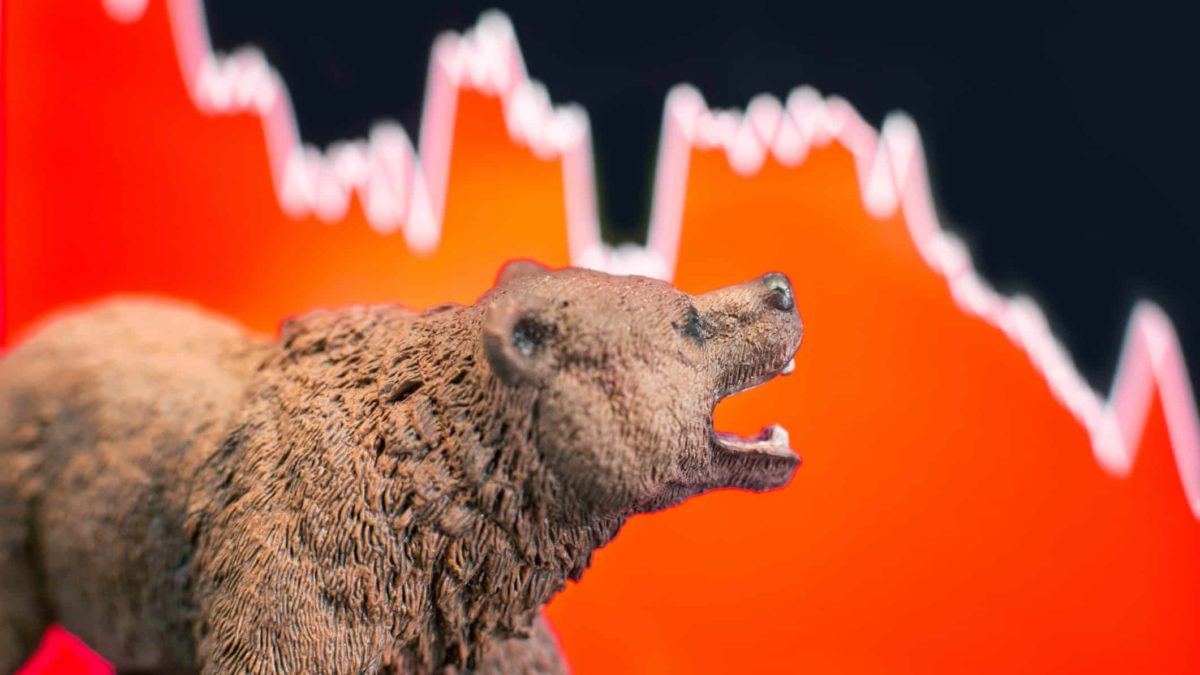The Nasdaq Composite has officially entered bear market territory after a brutal two-day selloff on Wall Street.
The tech-heavy index has now fallen more than 20% from its December peak, dragged lower by growing trade tensions, rising bond yields, and a surge in investor anxiety.
With US stocks tumbling on Friday, attention is now turning to the local market. And unfortunately, it is not looking good.
The S&P/ASX 200 index finished last week at 7,667.8 points, well down from its mid-February record high of 8,615.2. That's already a 11% correction. And things are expected to get worse at Monday's open, with the latest SPI futures pointing to a 331-point or 4.3% drop.
That would leave the ASX 200 down around 15% from its high — still short of bear market territory but heading in that direction hurriedly.
Correction vs bear market: What's the difference?
A correction is defined as a decline of 10% or more from a recent peak. These are relatively common and often short-lived — think of them as the share market letting off a bit of steam.
A bear market, on the other hand, is a much deeper drop of 20% or more.
It is often a sign of investor pessimism about economic growth or corporate earnings and tends to last longer. While bear markets can be painful, they are a natural part of the investment cycle.
When was the last ASX bear market?
The most recent bear market for the ASX came during the COVID-19 panic in early 2020. The ASX 200 fell more than 30% in just a few weeks as investors reacted to the sudden shutdown of the global economy.
However, that was also one of the shortest on record, with the market rebounding strongly within months.
Prior to that, the global financial crisis (GFC) in 2008–2009 brought about a much deeper and more prolonged bear market for ASX shares.
How often do bear markets occur?
Historically, bear markets tend to happen once every 5 to 10 years. While they're never comfortable, they are a normal feature of the long-term investing landscape.
Importantly, every bear market in history has eventually been followed by a recovery. It is just a question of when — not if.
So, will the ASX follow the Nasdaq into a bear market?
That's the million-dollar question. A lot will depend on whether the global selloff continues to spiral and how investors respond to ongoing developments, particularly around global trade policy and interest rate expectations.
While it is possible the ASX could officially enter one in the coming days, long-term investors may want to focus less on labels and more on the opportunities that come with market weakness.
Just as the 2020 bear market presented a powerful buying opportunity for those who stayed calm, this correction — or bear market — could end up doing the same. And history shows that those who invest when fear is high are often the ones rewarded when sentiment eventually turns.









